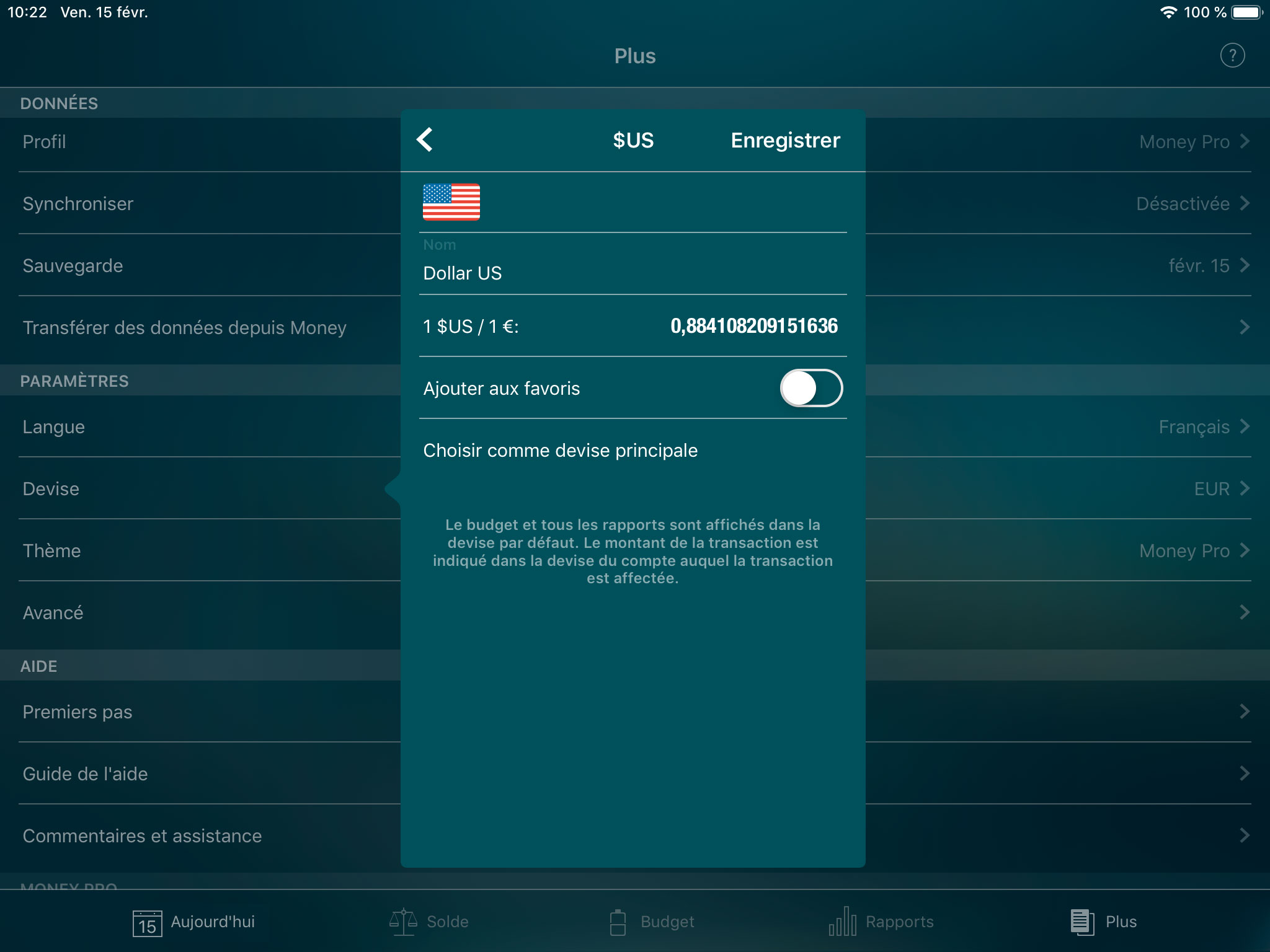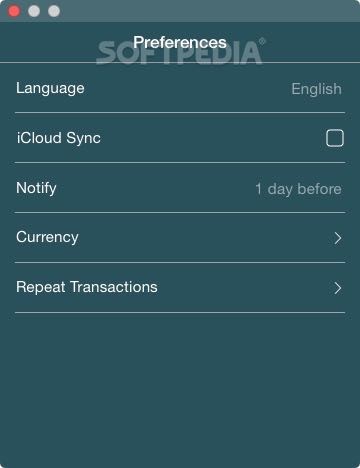

This is just a killer feature and frankly a good reason to get the iPhone 14 Pro Max over the regular iPhone 14 or iPhone 14 Plus (check out our iPhone 14 Plus vs iPhone 14 Pro Max showdown). The uses of Dynamic Island extend to other activities as well, such as Face ID, and the animations are fluid without being intrusive. I can’t wait to be able to see how far away my DoorDash delivery is or Uber ride without having to constantly dive back into the app. For now, here's a look at some the early apps that have adopted Live Activities and how they work with Dynamic Island. In addition to housing the TrueDepth camera, the Dynamic Island acts like a mini dashboard, providing access to the info you need no matter what app you’re in.Īpple has made a Live Activities API available to developers to deliver more Dynamic Island experiences like sports scores, food delivery status, ride sharing info and more. Apple didn’t just shrink the iPhone’s notch and move it down it found a way to make this area useful and even fun. iPhone 14 Pro Max review: Meet Dynamic Island If you aren't a case user already though, check out these drop test results to see what could happen to your new phone. If you want to keep your iPhone 14 Pro Max looking box-fresh then check out our round up of the best iPhone 14 Pro Max cases.

The bad news is that some overseas carriers don’t yet support eSIM, so you’ll need to check if your provider is compatible before you travel overseas. The good news is that we found it quite easy to add a line to the iPhone 14 Pro Max, and you can have two active numbers at once (say, one for your personal number and one for business). models, replacing it with eSIM technology. Like the headphone jack before it, Apple has removed this feature for U.S.
#Money pro avis skin#
Out of the box, it runs on Android 13 with MIUI 14 for Poco skin on top.What’s missing? That would be the SIM card tray. A quick 0-50% charge takes 15 minutes by cable or 32 minutes with wireless charging. Also for the first time for a Poco device, the F5 Pro supports wireless charging up to 30W. The device supports 67W wired turbocharging via USB-C and the 67W charger is provided in the box. Powering the device is a 5,160mAh battery which is larger than most flagship phones but it’s still smaller than the Redmi K60’s humongous 5,500mAh capacity. The Poco F5 Pro has a splash resistance rating of IP53 and there’s no 3.5mm headphone jack.
#Money pro avis Bluetooth#
Upfront, the F5 Pro gets a 16MP selfie shooter that sits in a punch-hole.Īs you would expect from a flagship-class device, it also gets dual speakers, an IR blaster and support for 5G, 802.11ax WiFi 6 and Bluetooth 5.3.

The screen is also protected by Corning’s Gorilla Glass 5 and it gets an in-display fingerprint sensor.Īs mentioned earlier, the device runs on the previous generation 4nm Snapdragon 8+ Gen 1 chip that’s paired with up to 12GB of LPDDR5 RAM and up to 512GB of UFS 3.1 storage.įor taking pictures, it gets a triple-camera setup that consists of a 64MP f/1.79 main camera with OIS and 8K video recording support, an 8MP ultra-wide-angle shooter and a 2MP macro camera. The screen also boasts 5,000,000:1 contrast ratio, peak brightness of 1400 nits and 1920Hz PWM dimming. Upfront, it gets a 6.67″ WQHD+ (3200×1440) AMOLED display that pushes up to 120Hz refresh rate and up to 480Hz touch sampling rate. The Poco F5 Pro is essentially a rehashed Redmi K60 that’s launched in China but it comes with some differences.


 0 kommentar(er)
0 kommentar(er)
